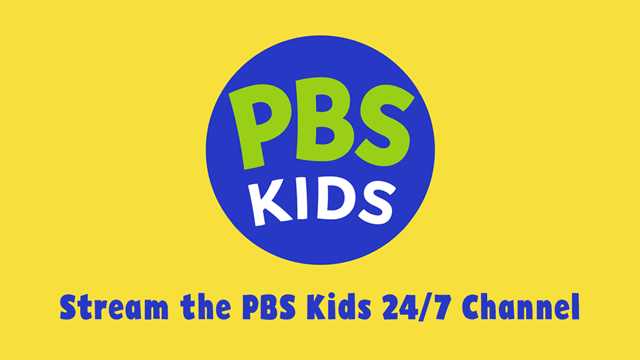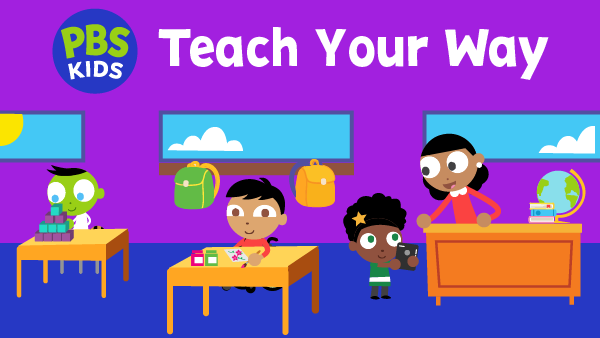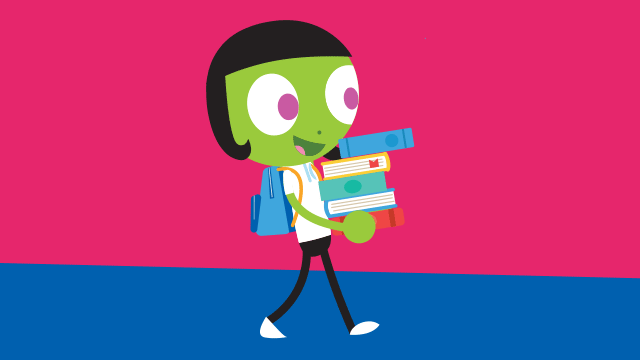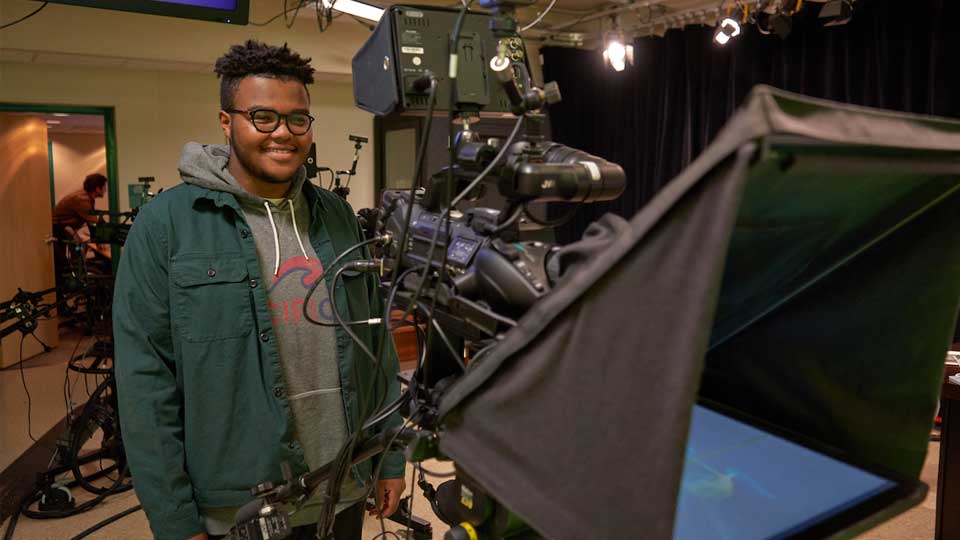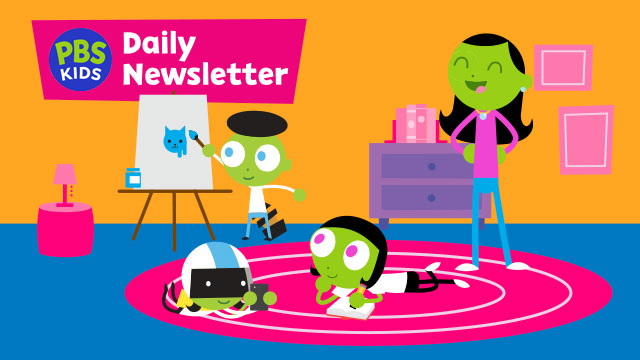Your Learning Neighborhood
Working with the Pennsylvania Department of Education, the seven PBS stations across Pennsylvania joined together to create Your Learning Neighborhood, your connection to thousands of hours of education and entertaining videos, activities, lessons, and games to support you. You can find out more at pennsylvaniapbs.org, in addition to our resources below.
Teachers, parents and caregivers: please explore! We are in this #TogetherPennsylvania.
Subscribe to Our WPSU Families and Educators Mailing List
Watch and Play
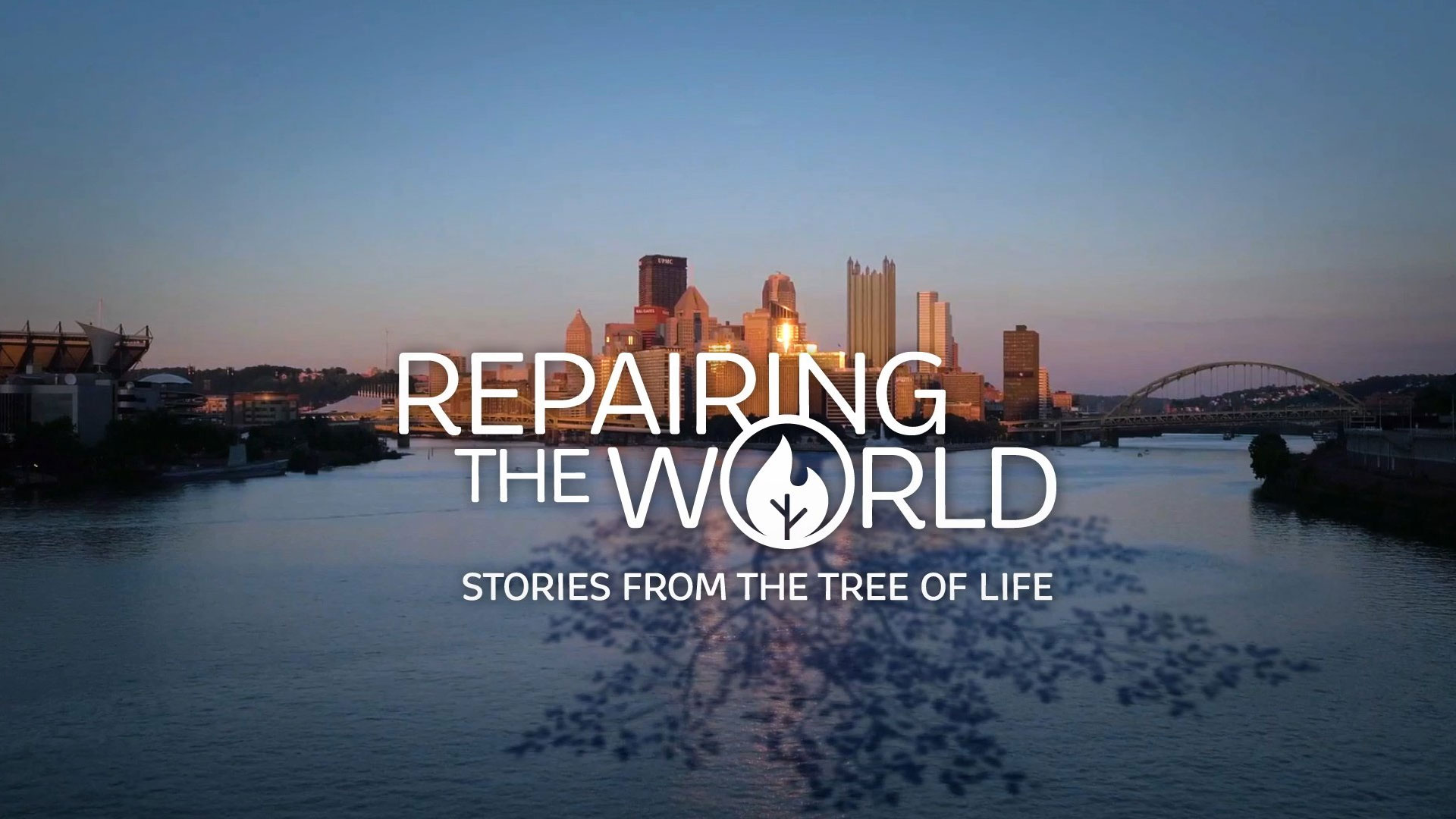
Film Screening for Classrooms
WPSU is offering a film screening of the documentary, “Repairing the World: Stories from the Tree of Life,” along with classroom resources to support your students in discussing difficult topics and creating solutions for peace.
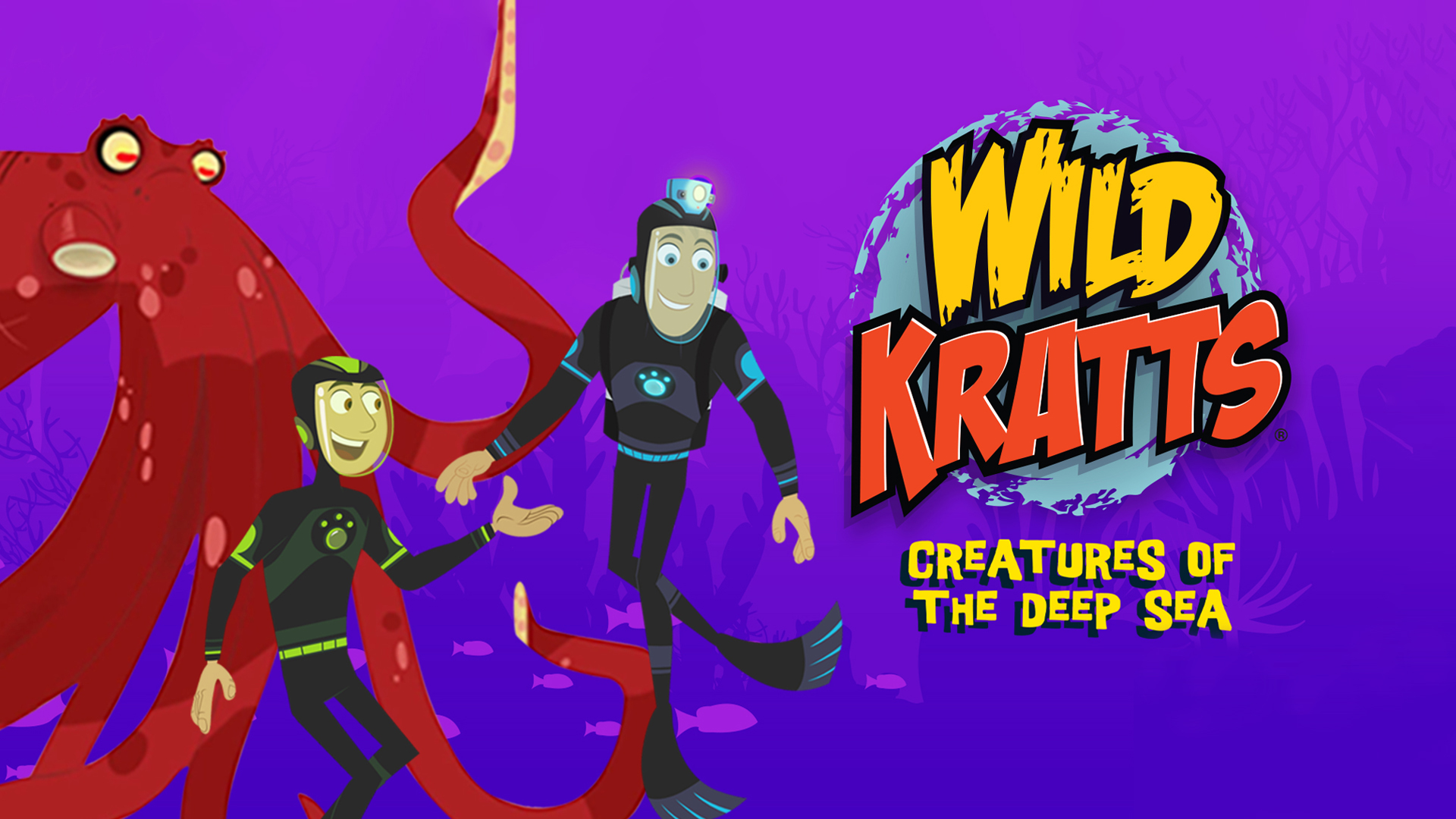
Movies in the Park with WPSU and Centre Region Parks and Recreation presents ‘Wild Kratts’
WPSU and Centre Region Parks and Recreation are teaming up to bring you family Movies in the Park! Bring your blanket, chairs and snacks to Tudek Park in State College to watch Wild Kratts: Creatures of the Deep Sea!
Friday, July 11 at Dusk (~8:30 p.m.)
WPSU Education

Activity Booklets
Print or download themed activity booklets featuring Daniel Tiger, Lyla in the Loop, Work it out Wombats, and Wild Kratts.

Alphabet Engagement Worksheets
Use these worksheets with small children to engage with fun activities throughout the alphabet.
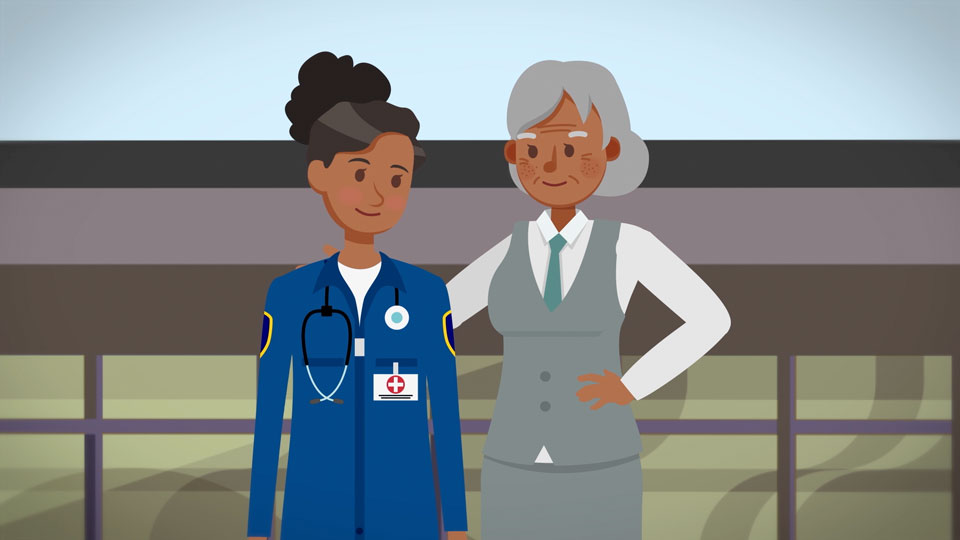
Career Readiness
In partnership with PA Department of Labor and Industry, WPSU has curated free content for parents, students, and educators that align to state career readiness standards. Here are top resources to help parents, students, and educators explore various careers.

Explore the World with Hubert H. Humphrey Fellows
WPSU is delighted to have collaborated with the Hubert H. Humphrey Fellows Office at Penn State to create a video series presented by the 2021 Humphrey Fellows. These educational videos, suited for classroom and community viewing, feature each fellow talking about their home country, its culture, history, and people.
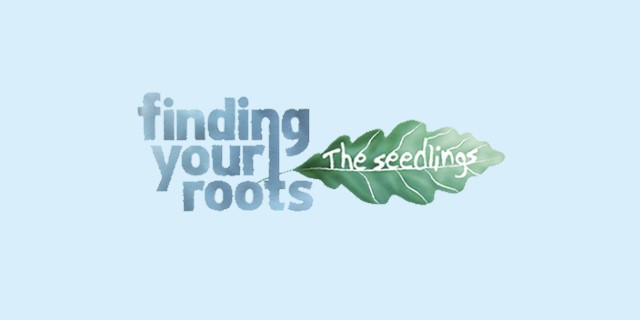
Finding Your Roots: The Seedlings
“Finding Your Roots: The Seedlings” follows 13 young people in a genetics and genealogy camp as they explore their family history and DNA ancestry with techniques never before used in an educational setting.
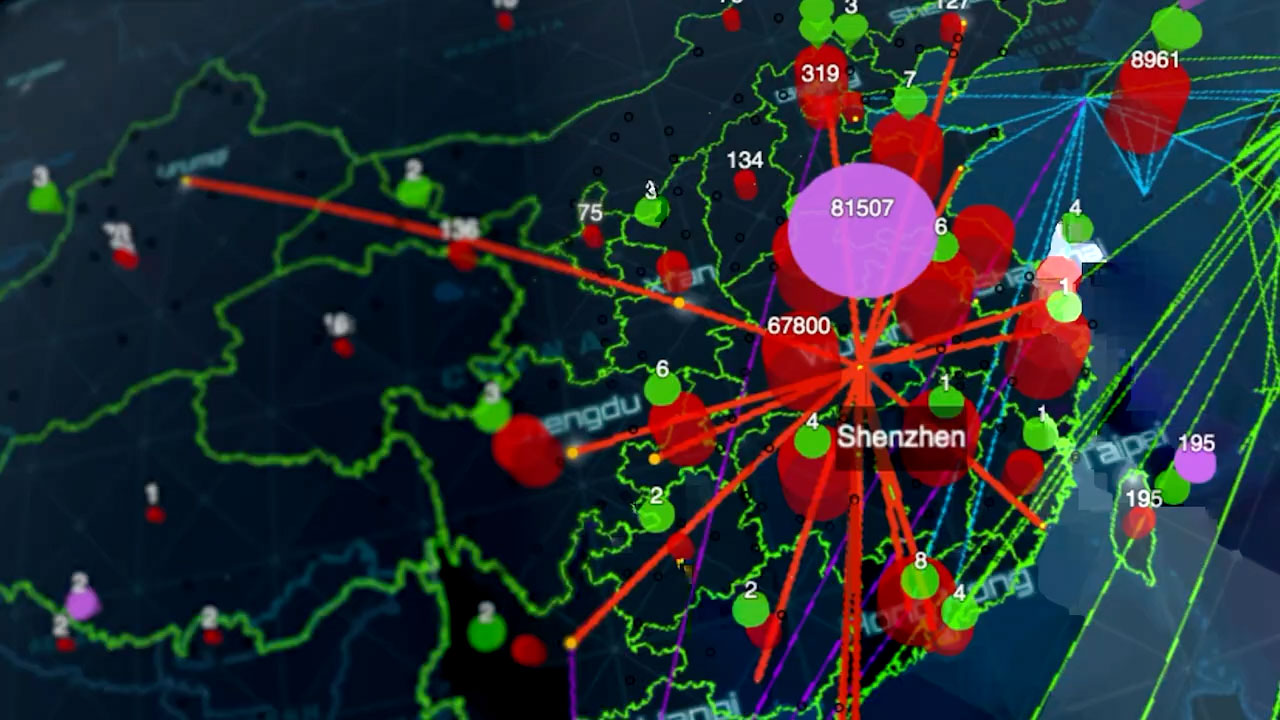
Geospatial Revolution
The Geospatial Revolution Project, from WPSU Penn State public broadcasting, provides schools with a look into GPS data gathering, which influences nearly everything. Explore these resources here!
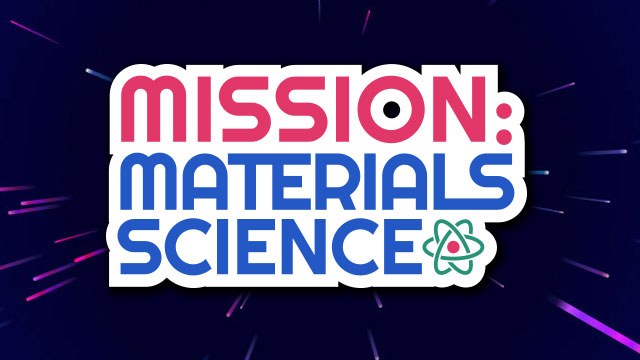
Mission: Materials Science
Materials science is the study of stuff— what it’s made of, how it can be used, and even how it can be changed to create new kinds of stuff. Your mission? To learn how materials science and engineering is at work all around you.
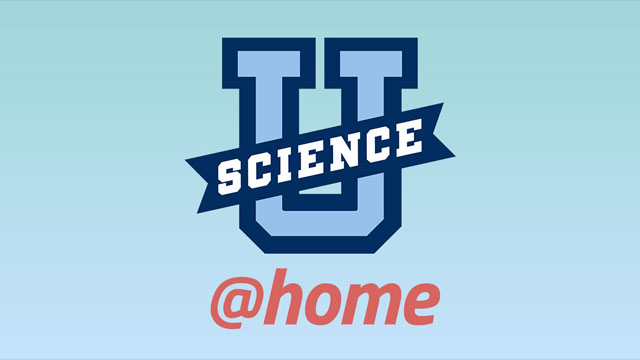
Science-U@Home
Created by WPSU, Science-U@Home offers easy to advanced at-home science activities you can do with materials you have at home.

WPSU Reads
The goal of WPSU Reads is to enrich our community through storytelling and sharing knowledge of Native American cultures through our network of community partners. Click continue to discover educational resources and find upcoming community events.
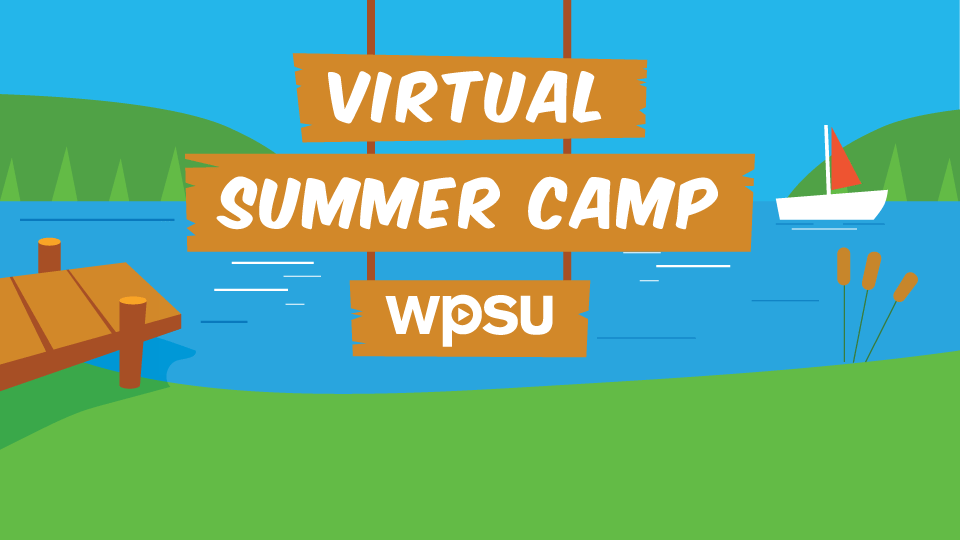
WPSU Virtual Summer Camp
This summer your family can go on adventures to continents around the world and expeditions right in your backyard.
Grown-ups

Anti-Racism Resources
A growing list of resources from PBS and trusted partners, to use as tools to support anti-racist learning and growth. Free and open for all. (pdf)
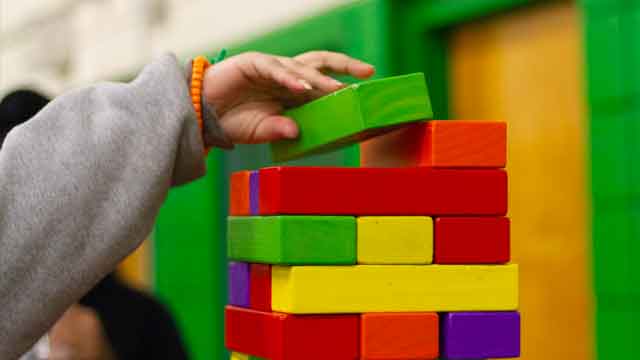
Centre County Services for Children Birth to Five
Centre County Local Interagency Coordinating Council (LICC) resource book, a guide to services and supports for children birth to five (0-5).
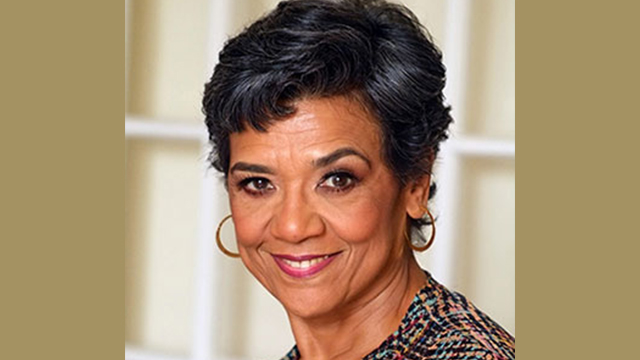
How to Talk to Kids about Race and Racism
Sonia Manzano, known as Maria on Sesame Street, will speak about how parents, grandparents, aunts, uncles, and those working with children can learn how to talk to kids about race.
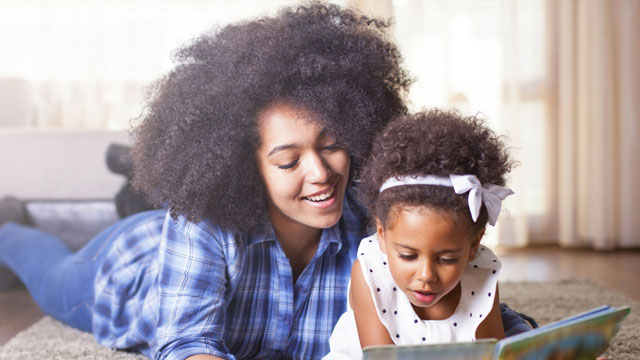
PBS Parents Website
Find parenting tips, hands-on activities, games, and apps for grades PreK-3 to help you raise kind, curious, and resilient children.
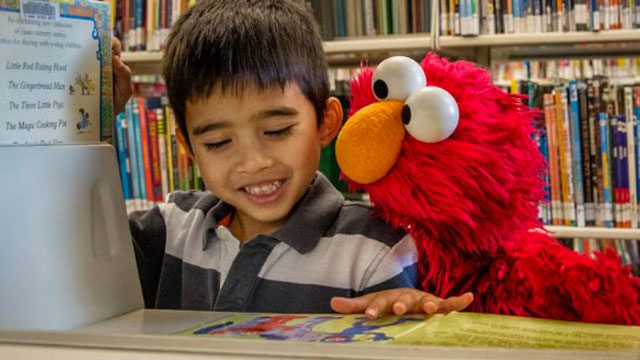
Sesame Street in Communities
Hundreds of multi-media tools to help kids and families enrich and expand their knowledge during the early years of birth through six.



